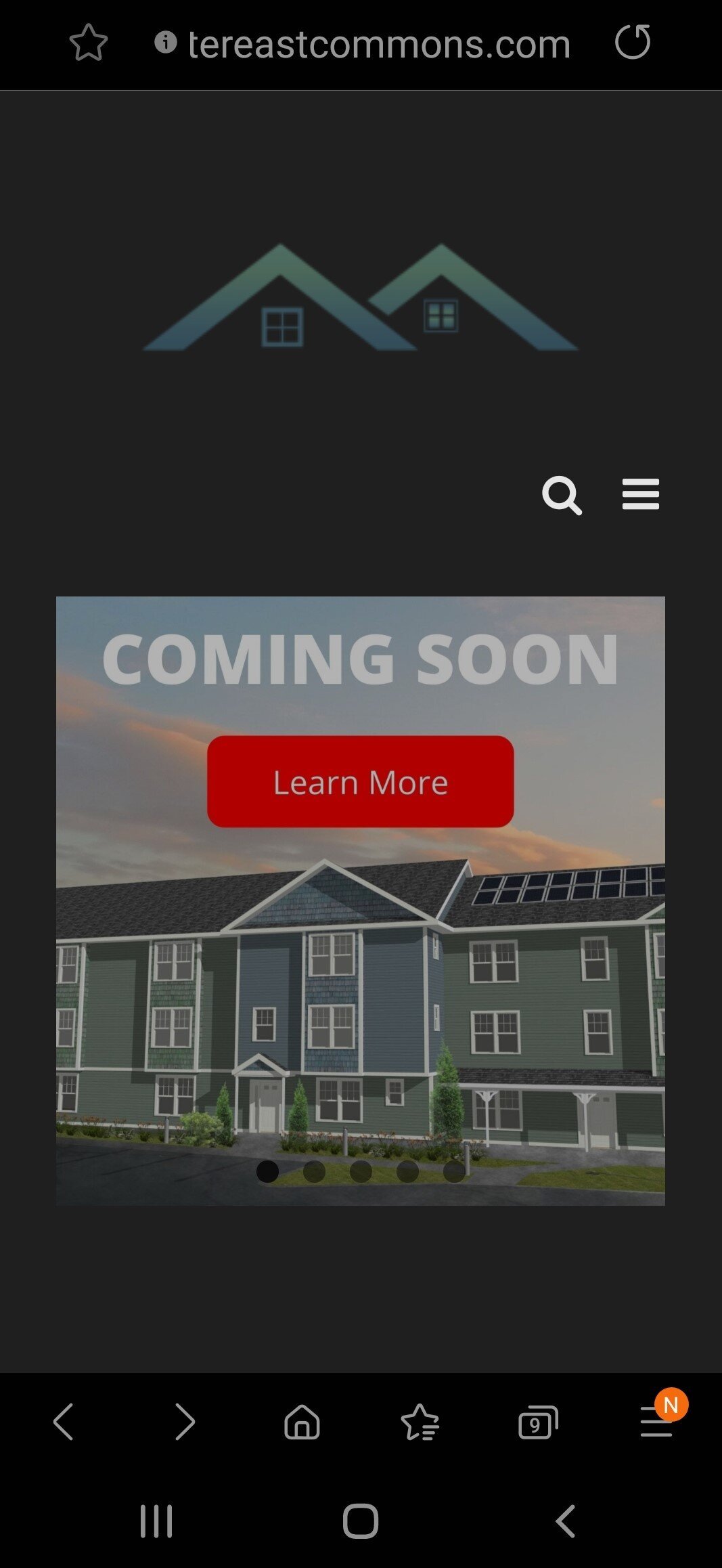10 Ways To Minimize Bounce Rate on Your Site
First, what’s a bounce rate?
A bounce rate is the percentage of people who visited your website and left without interacting with any other pages. They’ll do this when they can’t find what they’re looking for, when there’s something wrong with your site, when they don’t trust your site, or when your site creates an overall bad user experience.
In other words: a high bounce rate is bad. And the higher the number, the more you need to change your site. Below are 10 steps to take when you don’t like the number you see.
1. Speed Up Page Load Time
The universal truth? No one likes to wait. And this is especially true for first-time website visitors. When they enter your site, they expect quick results. It's your job to make sure they get it.
So how quick is "quick?" Well, after 3 seconds of waiting for your page to load, your site visitor will move on. That means you need to keep your page loading speed under 2 seconds!
2. Increase Readability
Screenshot (154).png
The last thing you want your visitor to feel is overwhelmed. Follow these do’s and definitely do not’s for decreased bouncing.
Do's
Use spacing and line breaks
Use headlines and sub-headlines
Use bullet points
Alternate between copywriting, image, and video content
Use quotes
Use contrasting colors
Definitely Do Not's
Write long paragraphs
Have run-on sentences
Add unnecessary content
Overuse long, multi-syllabic words
3. Don't Use Pop-Ups
Even the best, most thoughtful pop-ups will drive away website visitors.
Don’t get us wrong, it’s a great marketing strategy. And it often brings new subscribers to your email list. But people still don’t like to receive them because… well, they’re annoying. Websites who add pop-ups experience higher bounce rates.
Except, maybe you’re willing to make that sacrifice. In this case, make the pop-ups as modest as possible. Don’t let them fill up the entire page, limit them, and keep the content as compelling as possible. Don’t be like the Forbes website (image shown above).
4. Make Navigating Easy
Your website visitor came to your site for a reason - so don’t make it hard for them to find what they’re looking for. Here are two ways to accomplish this:
Add A Search Bar: we highly recommend an in-site search bar. They’re becoming increasingly popular, making users both familiar with them and expectant of them.
Create An Amazing Menu: your most popular pages should be prioritized, meaning they are either a part of your main menu or your secondary menu. Overall, your menu should be well-organized, clear, and visually pleasing.
5. Blog Consistently
Here's the truth: websites that have a blog and consistently update it receive more leads than those that don't. In fact, businesses with blogs generate more leads than those that don't. (But remember not to post just to post. Your blogs should be informative, entertaining, or inspirational. You want to bring value to your readers, not empty words).
6. Develop A Good Link Strategy
Get Rid Of Broken Links: Broken links give bad impressions to first-time site visitors. They give the impression that the business is disorganized, unprofessional, and not up-to-date. Regularly check your links to make sure they work.
Include Internal Links: Make most of your links bring the visitor to a different page on your website or to your business's social media platforms. This will keep your visitor interested in your products, services, and content. If you do feel the need to send your visitors to another business's website, include these links near the bottom of the page. This way they have already engaged with your content before they move on to another.
Make Sure Links Open In New Tabs: You don't want your site visitors to have to press the "back" button. This is another experience that increases bounce rates because it limits their easy navigation.
7. Create A Compelling Story
Your brand has a story to tell, and everything you write should be influenced by or should add to that story. Why? Because what converts a website visitor to a customer is the feeling of connection. Your storytelling should make the visitor feel something positive toward your brand.
Hint: Every story needs a hero - and your story's hero should be the audience.
8. Make Your Site Mobile-Friendly
People carry their phones everywhere. And this is a great thing for your website! Before, people would have to wait until they had a computer accessible to them to search online for products and services. Now, they can search for them at any point in time they want.
Take advantage of this! It will take extra time to make your site mobile-friendly, but the increased traffic and decreased bounce rate will definitely make it worth the work.
9. Use Keywords
Keywords matter - people skim pages before they decide to stay on them. If you use the right words, then visitors will instantly know that you can offer them what they want and they will begin to engage with your content.
Here’s an added tip: make the especially high-valued keywords bold. The site visitor’s eyes will be instantly drawn to it, and you won’t have to worry that they missed it. (On the flip side, don’t overuse bold text!)
10. Create Compelling CTA's
Our blog constantly champions the use of Call-To-Actions in copywriting. If you've read our previous posts, then you know that we consider them absolutely necessary. And this is because they work. A person who visits your site might get exactly what they're looking for on the first page and then leave. But if you write a compelling enough CTA, they will continue on in their buyer's journey, even if they're unaware that it will lead to a purchase.
So even if a CTA feels redundant to you - create one!
In Conclusion...
Speaking of CTA's, check out our Facebook page! We provide updates on what we’re doing next and helpful tips on how to gain a stronger social media presence. Interested? Click the button below.





